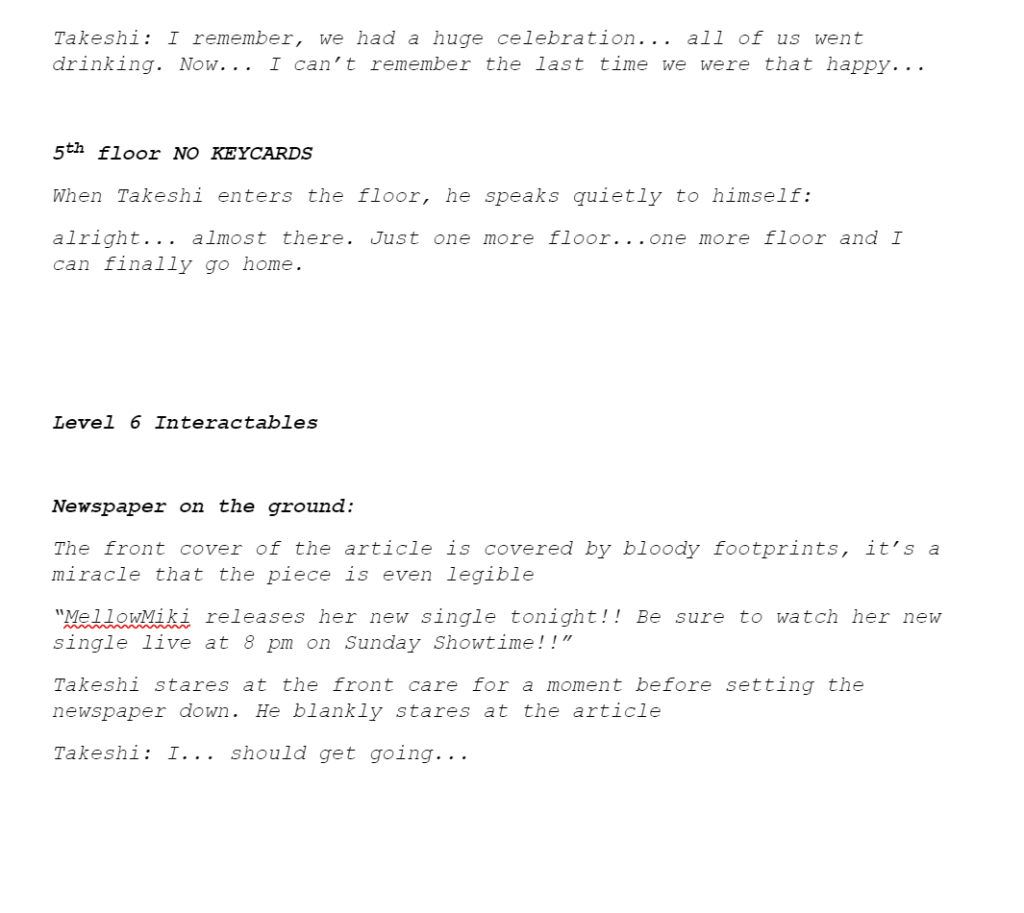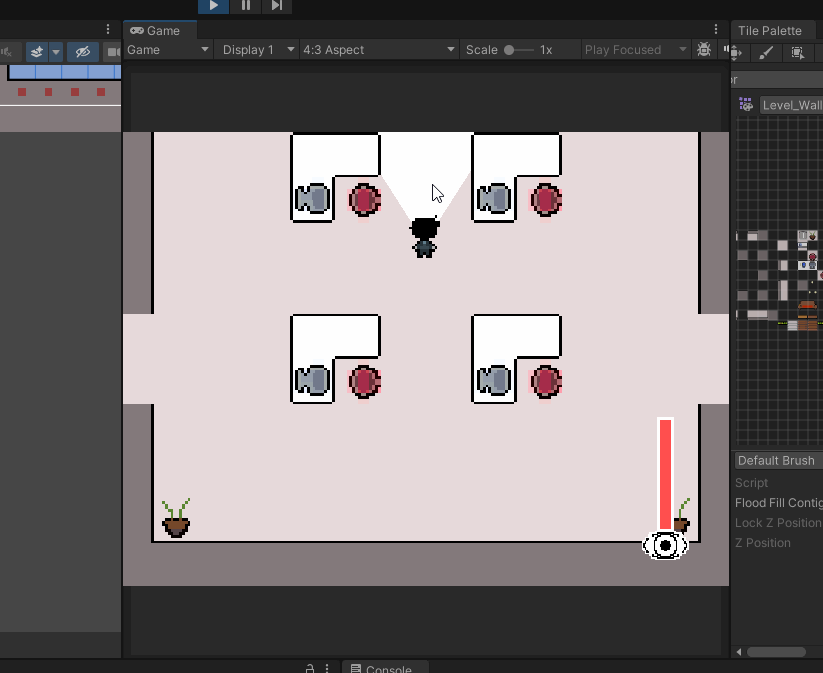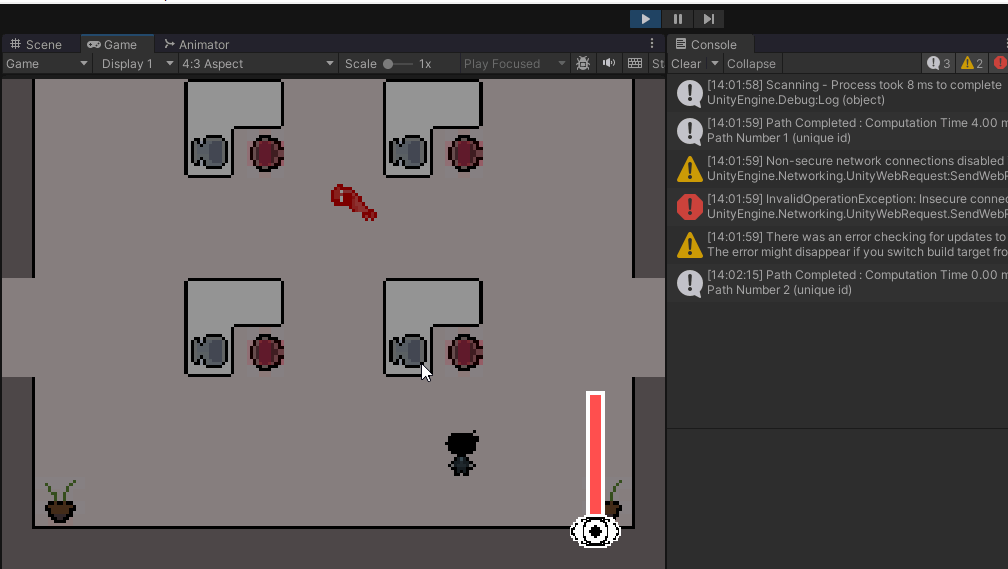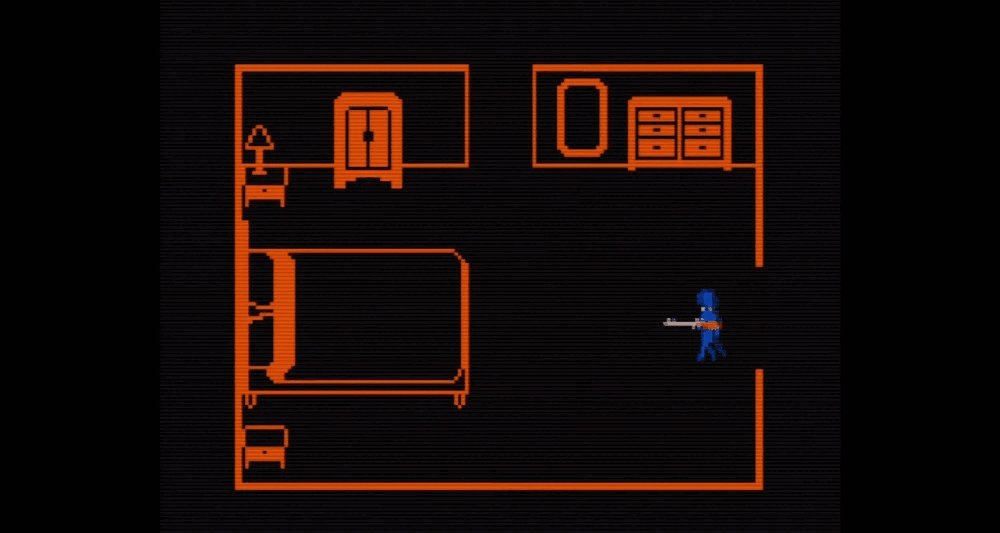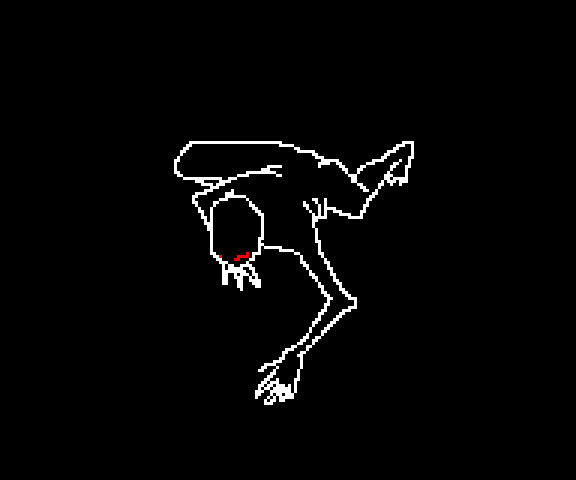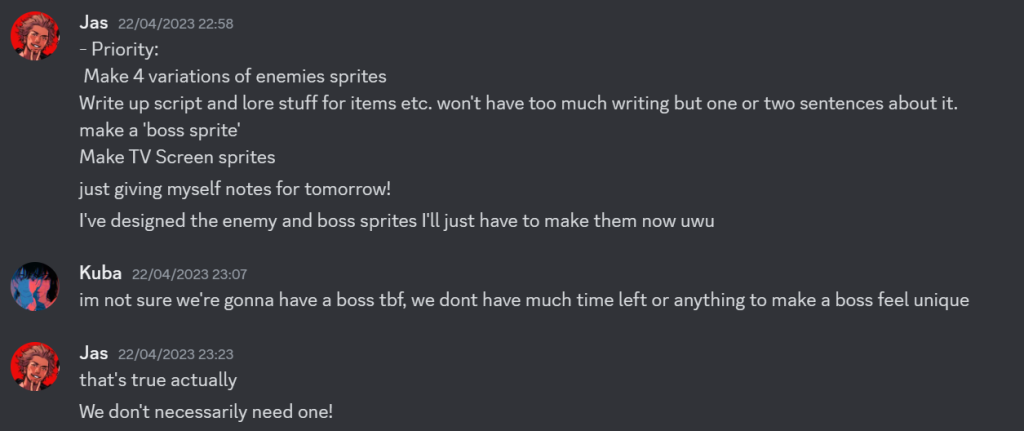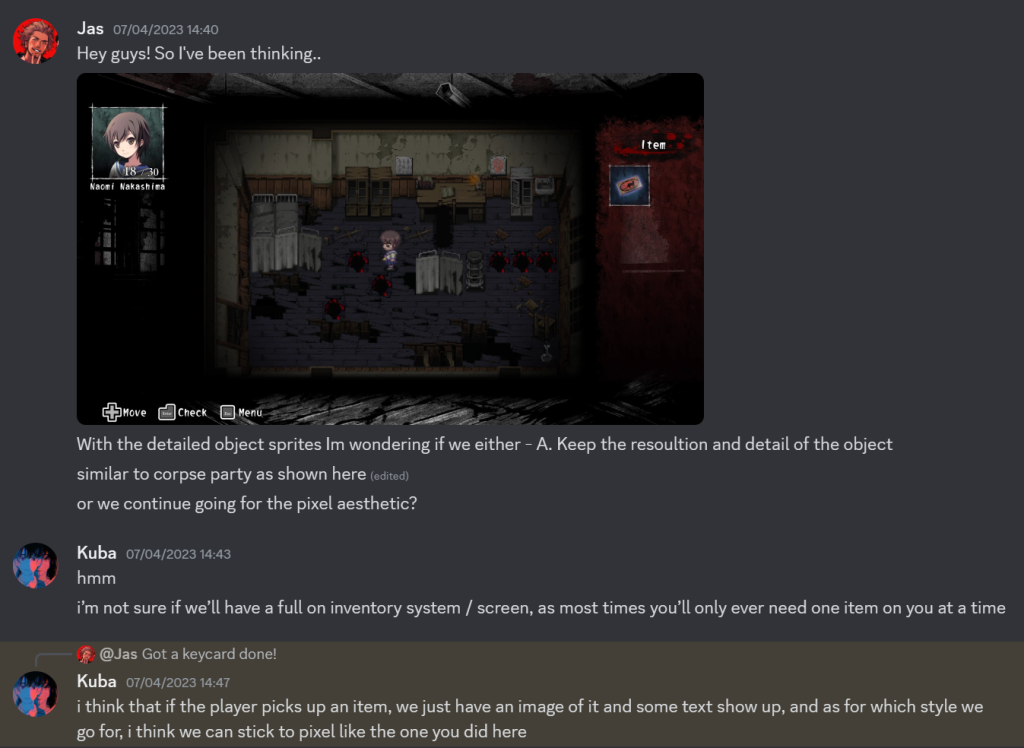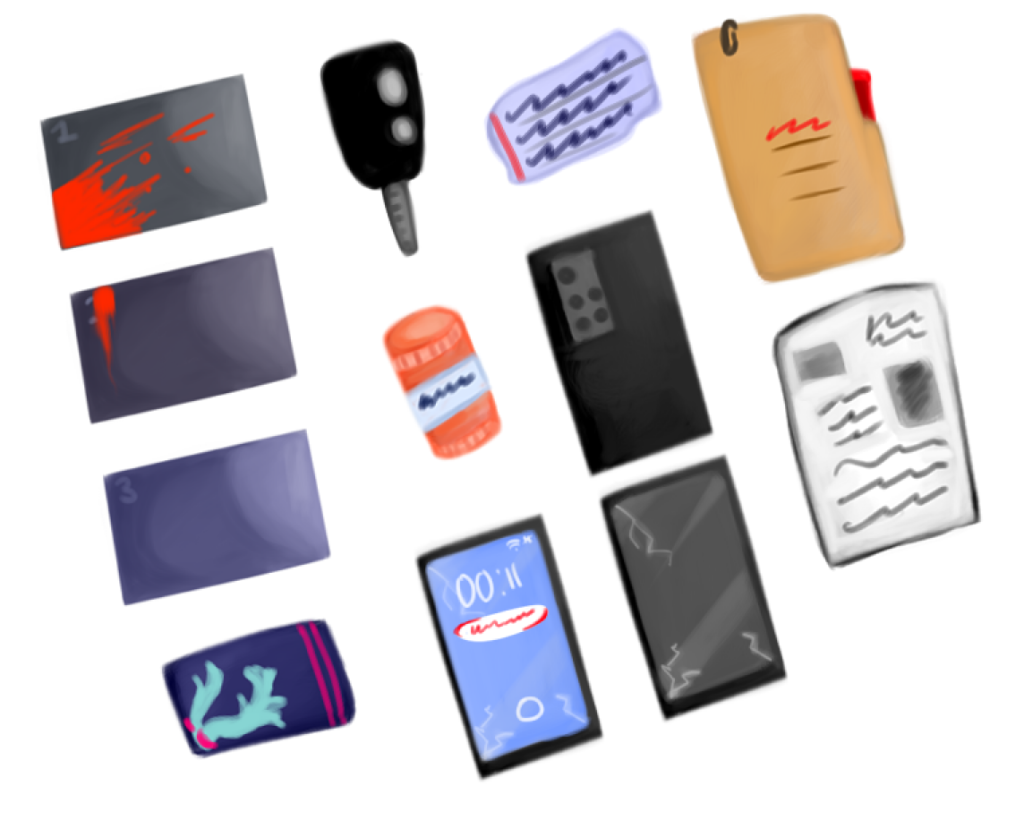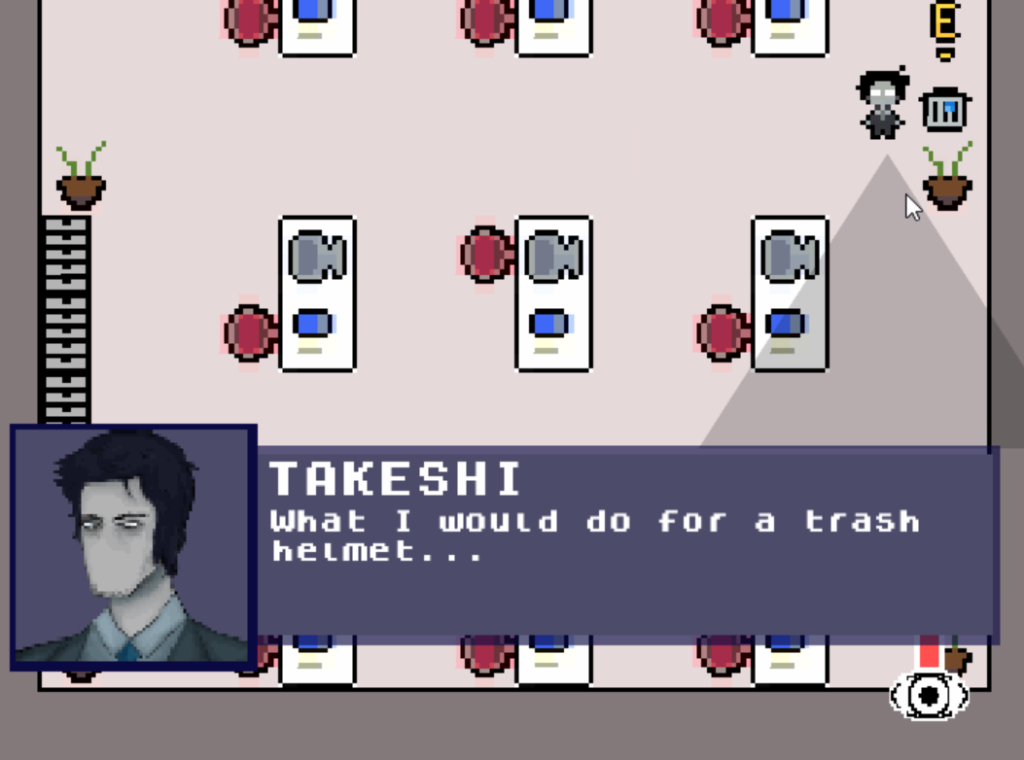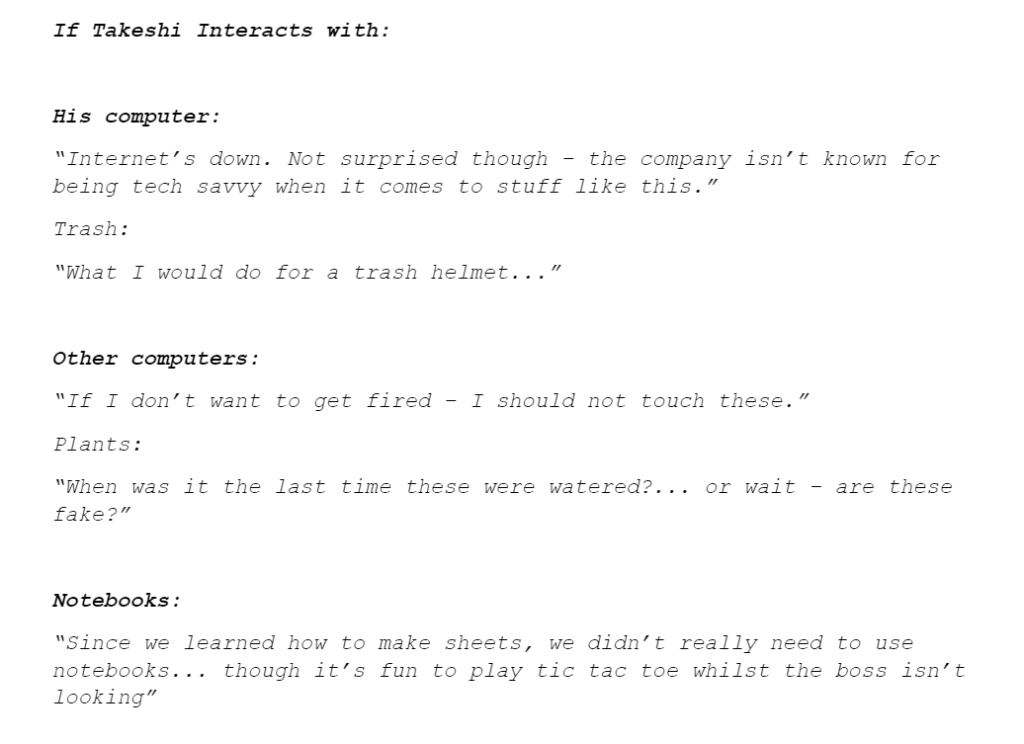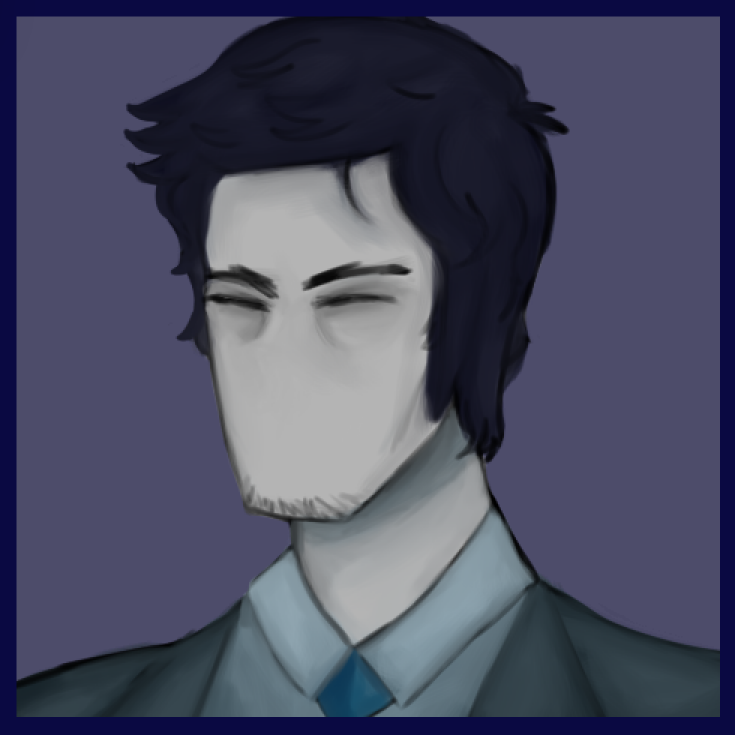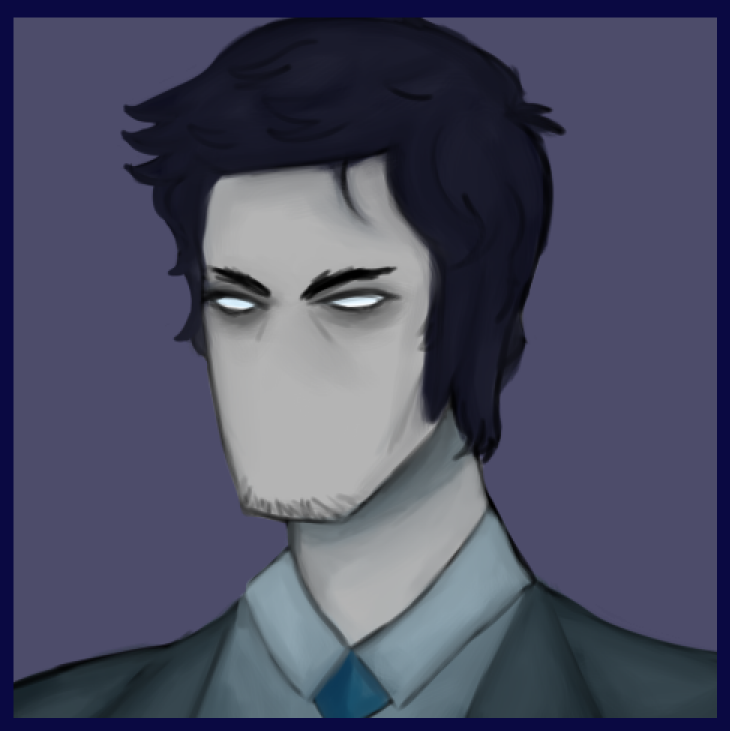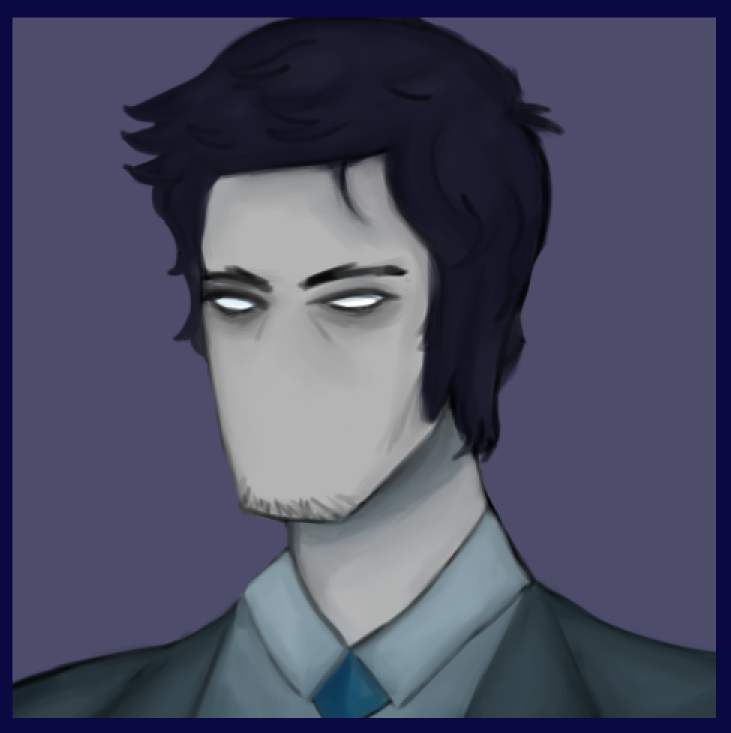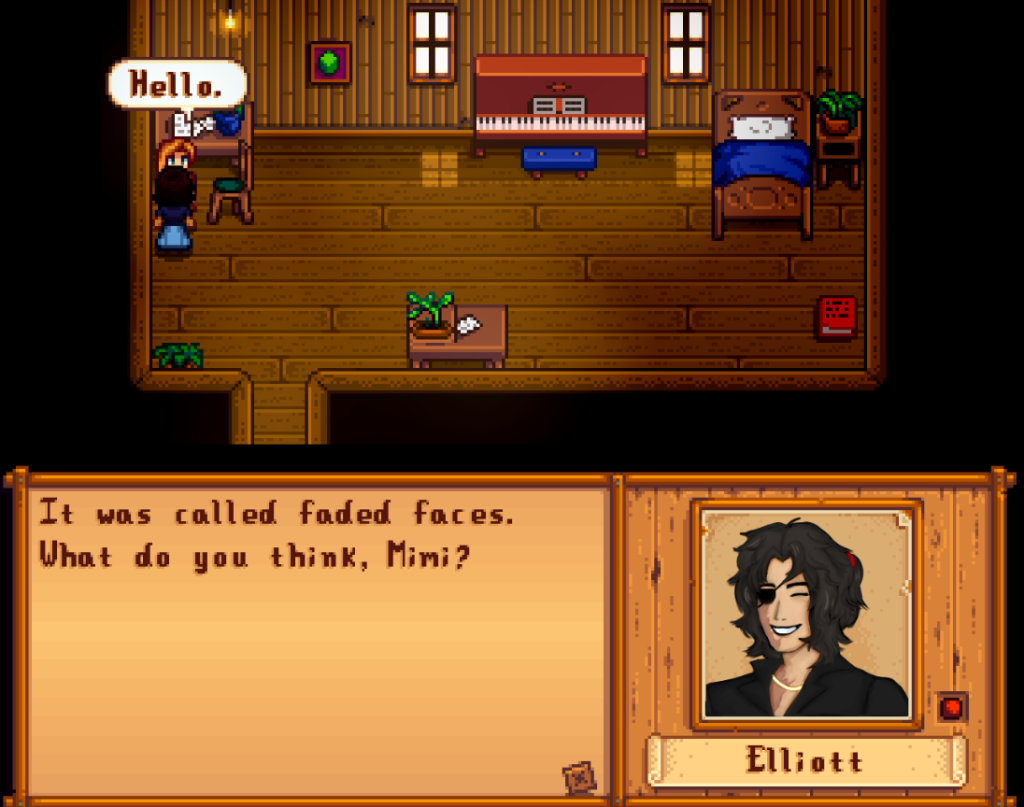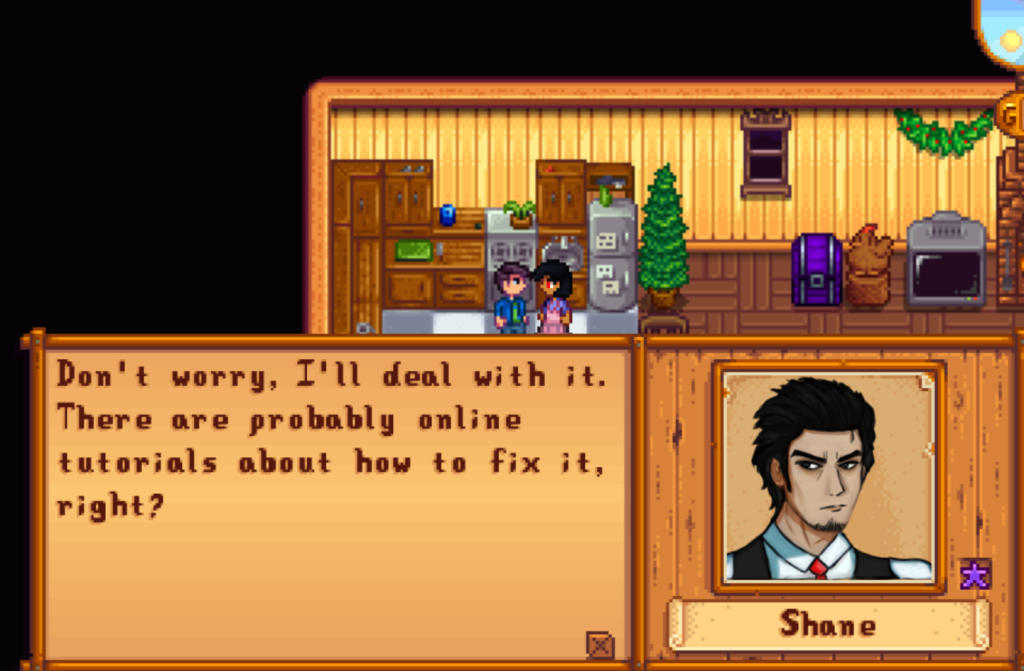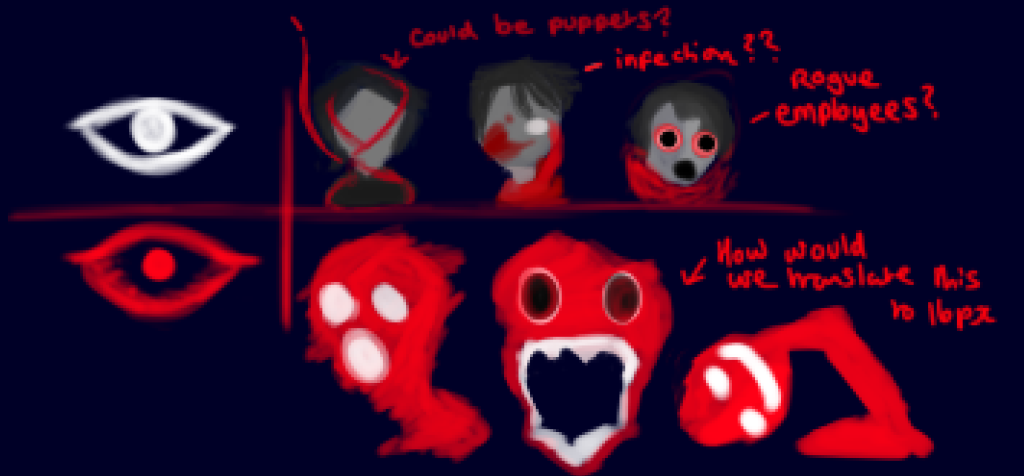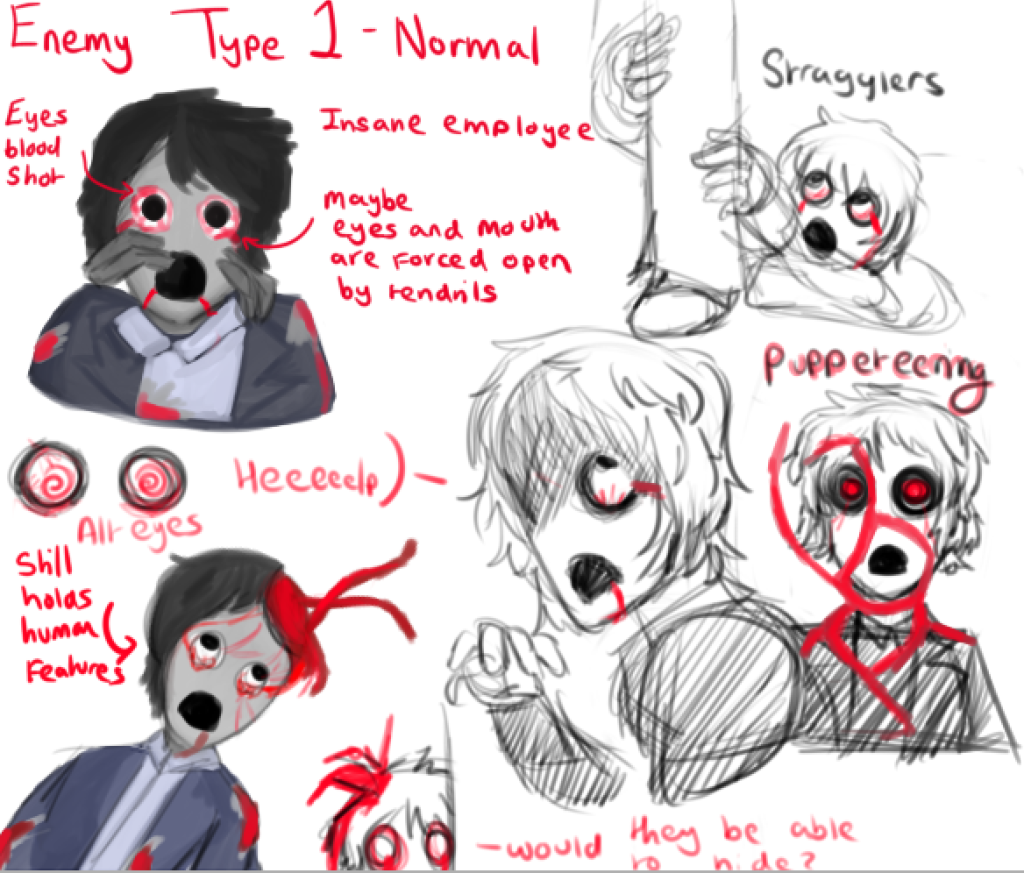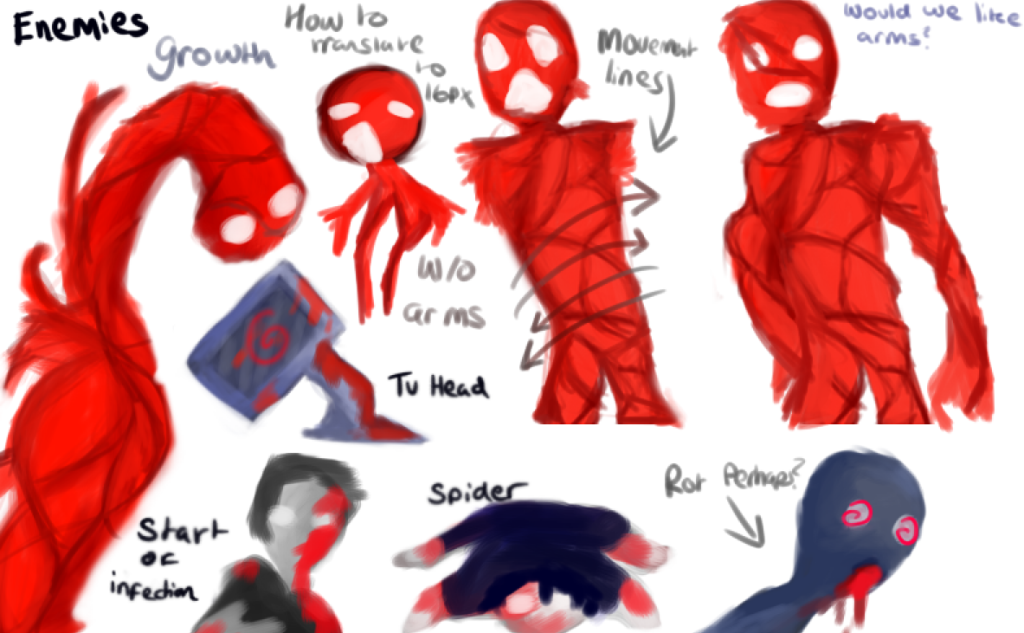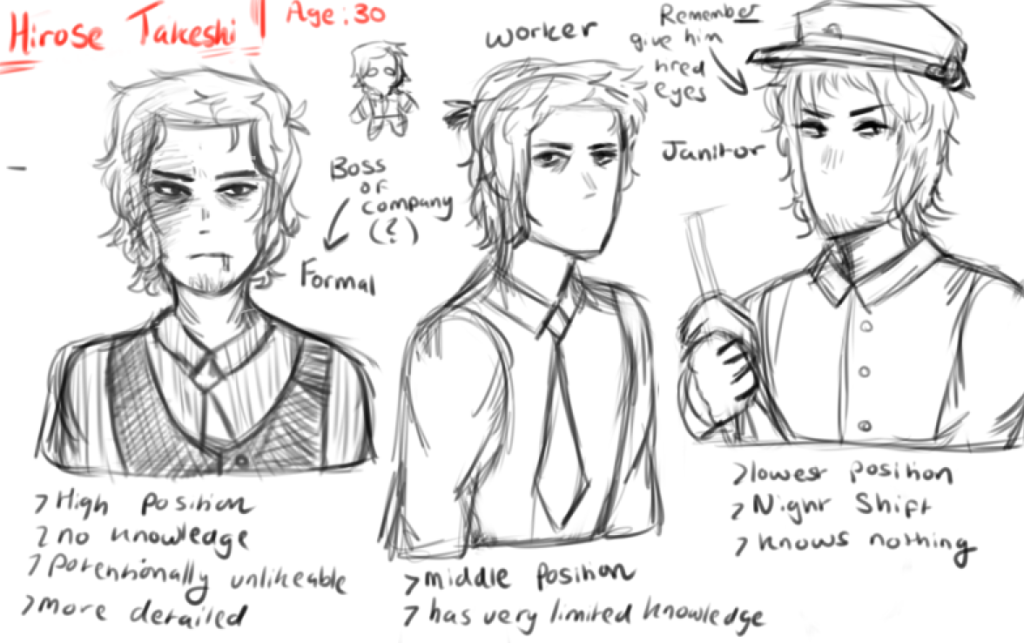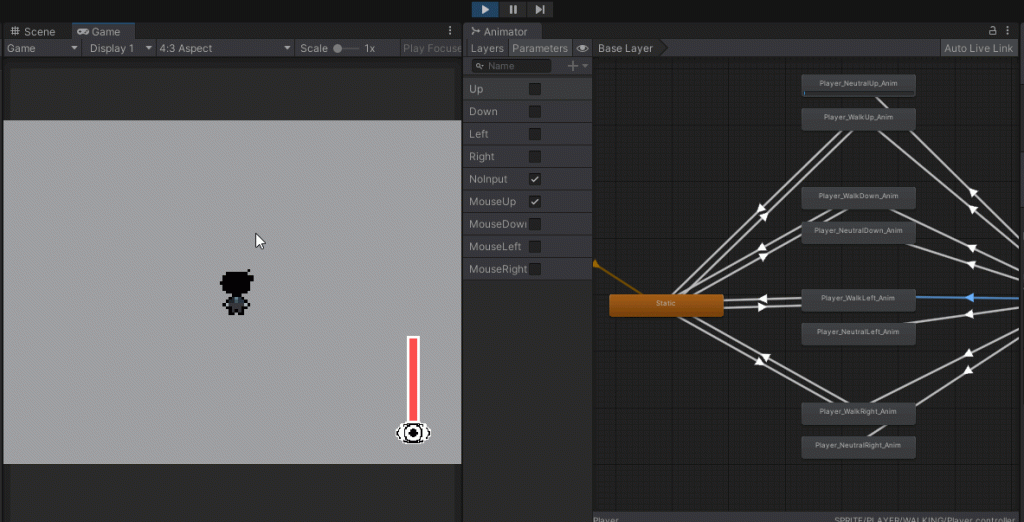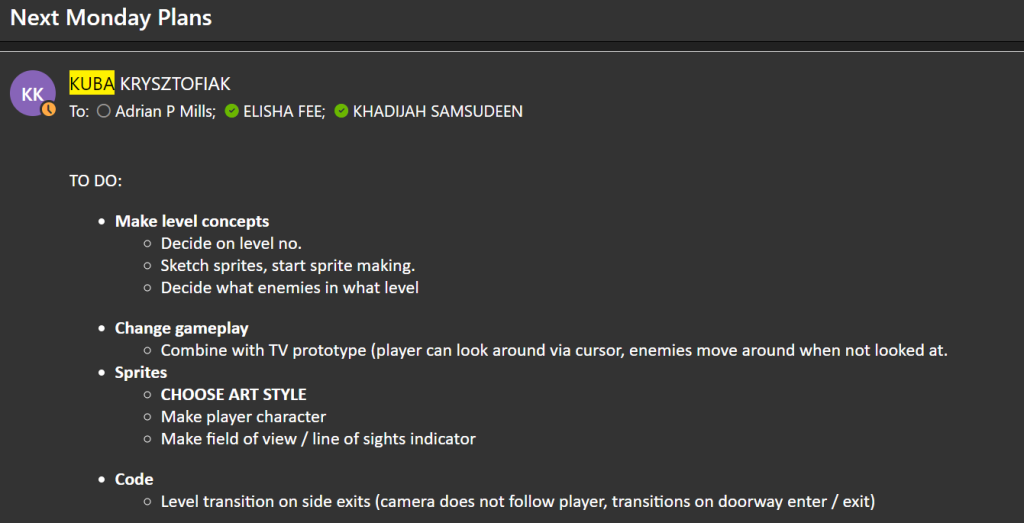1st May – 7th May
This week, we heavily focused on finishing the game as well as adding certain, small features that would help new players be able to navigate through the office levels.
Whilst my tasks, at this point were relatively complete. There were still some areas that needed work on – especially when it came to the script.
We asked a couple of individuals to playtest our game and provide some feedback. One of the main pieces of feedback given were the lack of hints throughout the game. Kuba and I had discussed the possibility of adding hints into our game last week, however we were unsure how to tackle this without making the key cards location too obvious.

Originally we had an idea to potentially add an audio queue to the keycard, so the closer the player was to the item, the louder the sound gets. However, for players that want to take their time reading exploring the narrative, this could become incredibly grating really quickly which could ultimately lead to them rushing through the game and having an overall unpleasant experience, leading to a lack of replayability. On the other hand, this could lead normal players to rush through the game without looking at any of the items and therefore feeling underwhelmed or confused by the experience.
I also came across a similar issue when looking back at last week’s post. The fact that players may not either have the time or the patience to look through different items in order to find the keycard, especially since the game’s relatively fast pace. It slows down the game’s pacing and could take the player out of the experience. So in order to counteract these issues and concerns, we added special dialogue for levels that require a keycard to access the next stage or an area in the level.


After completing the script, I finished off the project by completing my tasks in the hack n plan and logging in the hours completed throughout the project’s development.
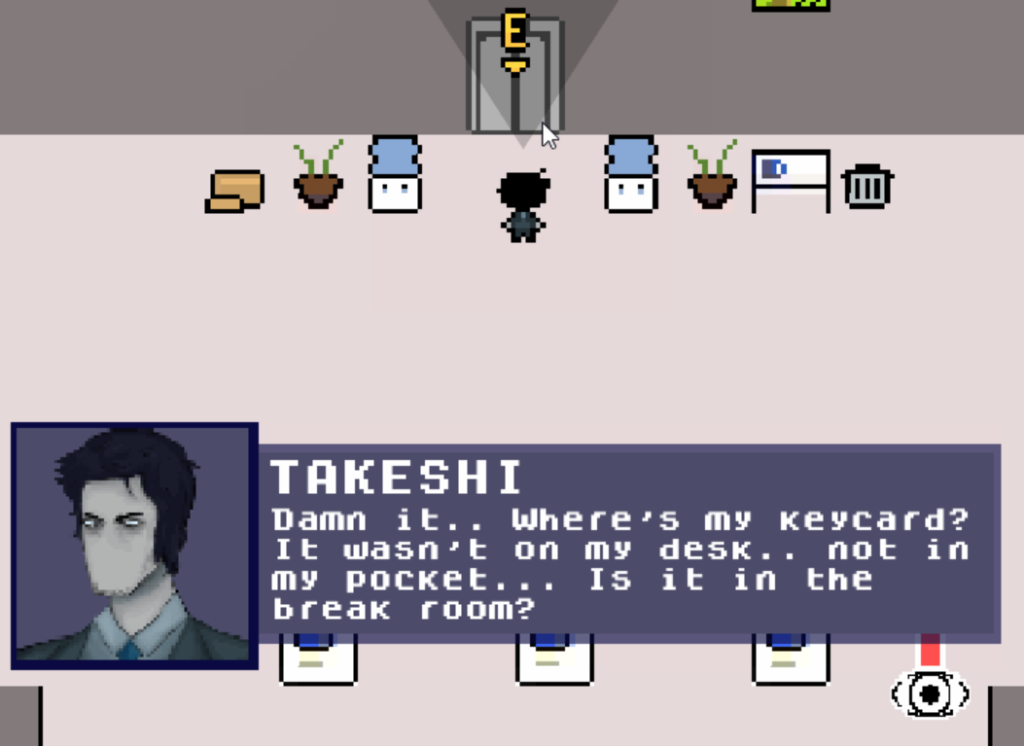
Conclusion
As a short conclusion to this project, the game underwent some major changes from it’s initial planning and prototype stages mainly either due to time constraints, over ambition or simply stylistic choices.
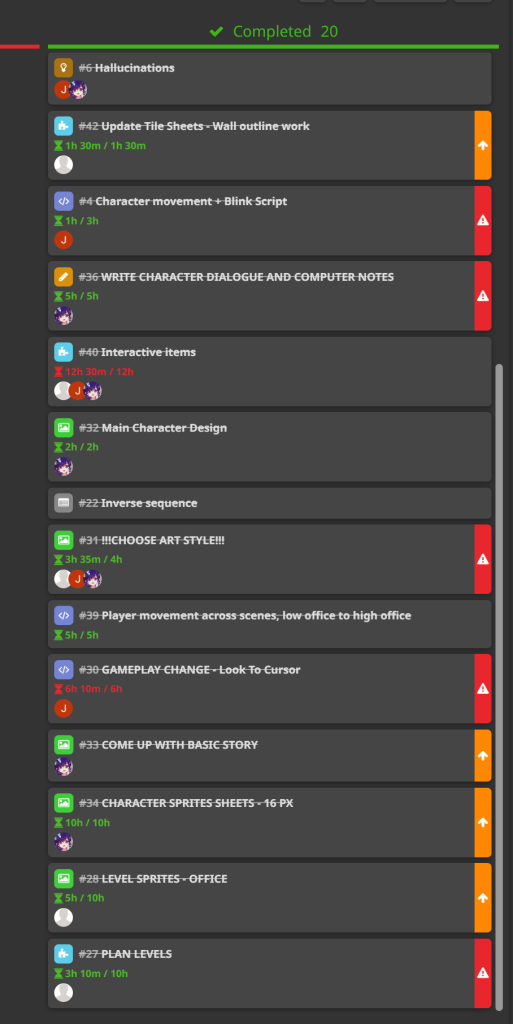
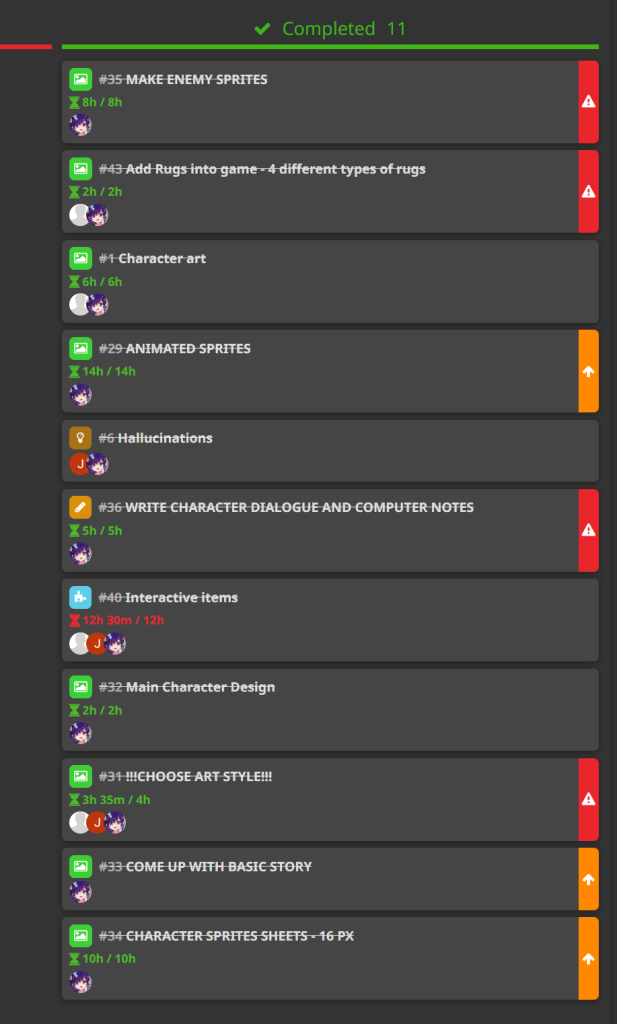
Nevertheless, working with Kuba and Damien, even on a small project such as this, has taught me that communication is vital as well as keeping a consistent schedule. I felt, as a concept artist and writer, this was an important learning curve to undergo especially when communicating and receiving feedback from my group.
Throughout development, this has also helped me keep motivated as getting positive feedback as well as critique positively impacted our game today. It’s very polished in comparison to it’s prototype counterpart. The game, overall, turned out to be a unique piece that, as a group, we can’t wait to develop further as well as the universe surrounding it.





